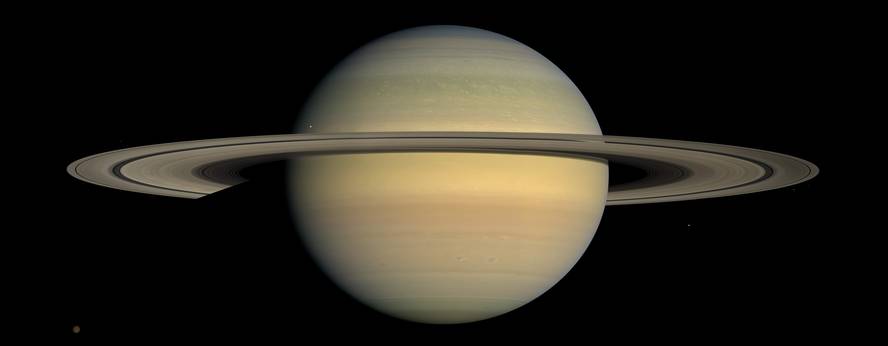Saturn Day Length Determined
10 hours, 32 minutes and 45 seconds. That is what lasts one day of Saturn, as Israeli researchers have calculated with a new method. Published in Natura.
When Voyager passed through Saturn in the 1980s, based on the periodic changes in radio waves emitted by the planet, they calculated that the rotation period was 10 hours and 39 minutes. When Cassini arrived in Saturn in 2004, with similar techniques, the result was 10 hours and 47 minutes. There have also been significant differences in subsequent measurements. Thus, the rotation period of Saturn ranged between 10 h 32 min and 10 h 47 min, all that until now could be defined.
It is not easy to measure the rotation of Saturn. Being a gas giant, it has no reference points on the surface. The same happens with Jupiter, but in this case the axis of the magnetic field is inclined to the axis of rotation, which allows to measure the rotation period (9h 55min). In the case of Saturn, however, this method is not valid as the magnetic field axis and the rotation axis are aligned.
This time they have used the gravitation field. Turning so fast, Saturn's equator moves out, distorting the gravitational field, measurable by Cassini. And so they have been able to calculate that the time it takes Saturn to turn himself is 10 h 32 min 45 s, with an uncertainty of 46 seconds.





